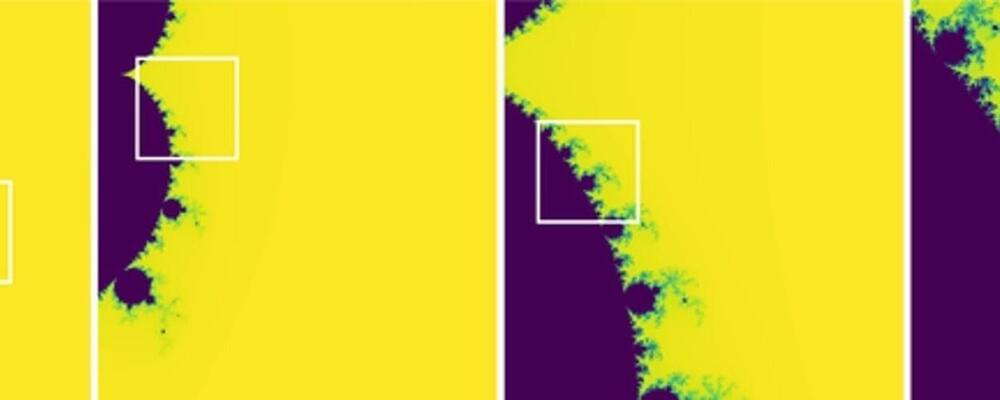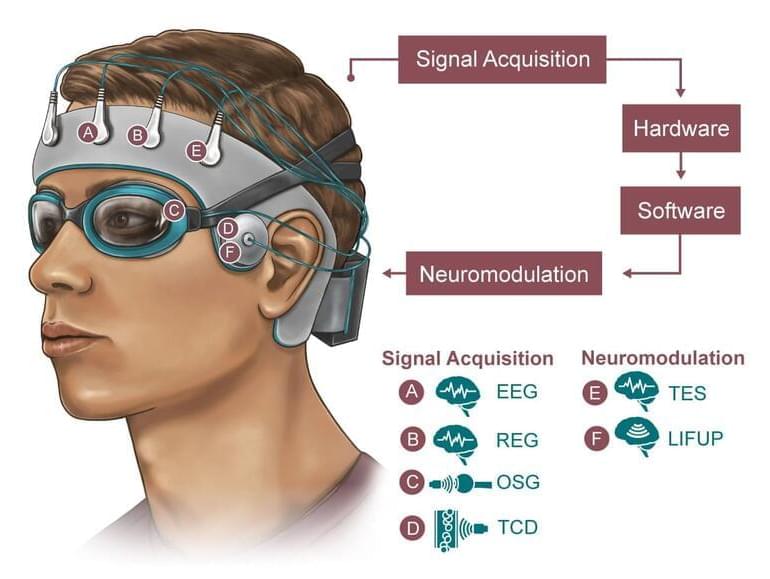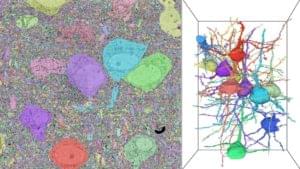A new resource profiles gene expression and the accessibility of DNA in single cells across the developing human cerebral cortex and may help scientists decipher the effects of noncoding mutations linked to autism.


Developing drugs for a range of tauopathies — dr leticia toledo-sherman, senior director, drug discovery, tau consortium, rainwater charitable foundation.
Dr. Leticia Toledo-Sherman is Senior Director of Drug Discovery of the Tau Consortium (https://tauconsortium.org/) for The Rainwater Charitable Foundation (https://rainwatercharitablefoundation.org/medical-research) and also holds an appointment as Adjunct Assistant Professor of Neurology at UCLA.
Dr. Toledo-Sherman leads drug discovery activities for an international network of scientists working to develop therapies for Tauopathies, a group of neurodegenerative disorders characterized by the deposition of abnormal Tau protein in the brain.
Previously, Dr. Toledo-Sherman was Director of Medicinal Chemistry and Computer-Aided Drug Design at the CHDI Foundation, leading drug discovery programs for therapeutic development in Huntington’s Disease (HD). At CHDI, she also led a structural biology initiative critical to the understanding of the relationship between structure and biological function of huntingtin, the protein that when mutated causes HD.
Prior to joining CHDI, Dr. Toledo-Sherman was Executive Director of Chemistry at Lymphosign (now part of Pharmascience Inc), a privately held biotechnology company that applied rational design principles to the development of therapeutics for blood cancers. From 2000 to 2,004 she led a multi-site, multidisciplinary team using chemical proteomics and bioinformatics to discover therapeutic targets and to investigate the mechanism of action of drugs.

Summary: When people engage in complex thoughts, their brain networks organize into fractal-like patterns.
Source: Dartmouth College.
Understanding how the human brain produces complex thought is daunting given its intricacy and scale. The brain contains approximately 100 billion neurons that coordinate activity through 100 trillion connections, and those connections are organized into networks that are often similar from one person to the next.

Interesting.
Everybody knows sleep is important, but there’s still a lot we don’t understand about what it actually does to the brain – and how its benefits could be boosted. To investigate, the US Army has awarded researchers at Rice University and other institutions a grant to develop a portable skullcap that can monitor and adjust the flow of fluid through the brain during sleep.
Most of us are familiar with the brain fog that comes with not getting enough sleep, but the exact processes going on in there remain mysterious. In 2012 scientists made a huge breakthrough in the field by discovering the glymphatic system, which cleans out toxic waste products from the brain during deep sleep by flushing it with cerebrospinal fluid. Disruptions to sleep – and therefore the glymphatic system – have been increasingly associated with neurological disorders such as Alzheimer’s.
Studying the glymphatic system could provide new insights into sleep disorders and how to treat them, but currently it requires big bulky MRI machines. So the US Army is funding researchers at Rice University, Houston Methodist and Baylor College of Medicine to develop a wearable skullcap.

Sept 30 (Reuters) — Major social media stars including Kim Kardashian, Justin Bieber and Charli D’Amelio are among celebrities whose Instagram followers experience more negative feelings about their self-image, according to internal Facebook (FB.O) research revealed by the Wall Street Journal this week, raising questions about the impact of celebrity culture online.
The Journal released the leaked research slide decks on Wednesday, which served as the basis of articles it published earlier this month saying that Facebook knew its apps harmed the mental health of some teenage girls and young users.
The research, titled “Social comparison on Instagram,” surveyed 100,000 people in March and April 2020 in nine countries, including the United States, Australia and Brazil.

Summary: The brain’s reward system plays a key role in helping behaviors and empathy.
Source: Tel Aviv University.
Are mammals at all able to demonstrate empathy for one another, engage in pro-social behavior, and help others in distress? New research from the Tel Aviv University examined the issue based on an animal model (rats) and found that just as with humans, rats are also split into various groups with different indicators, to the point that they only come to the aid of members of their group but do not help rats from other groups.

Genetic diseases are a compelling target for viral gene therapy. One condition that scientists are investigating to see if they can treat with gene therapy is a rare genetic disease called Leber congenital amaurosis, or LCA is a progressive condition that disables critical cells within the retina. The damage begins at birth: it eventually robs patients of central vision and color perception, often rendering them legally blind. But there may be another way. On Wednesday, researchers presented evidence from a breakthrough gene-editing experiment that restored some color vision to patients with LCA vision loss.
CRISPR is already under investigation as a gene therapy for blood disorders like sickle cell disease and beta-thalassemia. It may well have other uses, such as treating cancer by editing mutated DNA. But the process is not without its hurdles. Treatments for blood disorders like these involve taking cells from the patient’s body, changing them in vitro in the lab, and then re-infusing them back into the patient’s body. That works great for blood, which you can take out, filter, and put back in with relatively few consequences.
But because LCA is a disease of the retina, you can’t just take out cells and then infuse them back in. The retina is a delicate, multilayered membrane that resents any disturbance. The eye also has a system of physical defenses not unlike the blood-brain barrier. Furthermore, the immune system sometimes responds with extreme prejudice to eye injuries or infections, to the point of causing an actual autoimmune disease where the body attacks its own eyes. How, then, could researchers get the CRISPR treatment into the retina, past the body’s ferocious defenses and without further damage?

Using far more advanced imaging techniques than those of their earlier contemporaries, researchers at the DOE’s Argonne National Laboratory are working to develop a brain connectome — an accurate map that lays out every connection between every neuron and the precise location of the associated dendrites, axons, and synapses that help form the communications or signaling pathways of a brain.
Sept. 24 2021 — As part of the Aurora Early Science Program, Nicola Ferrier of Argonne National Laboratory is leading a project that will use exascale computing power to help advance efforts to develop a brain connectome.
Anil Seth wants to understand how minds work. As a neuroscientist at the University of Sussex in England, Seth has seen firsthand how neurons do what they do — but he knows that the puzzle of consciousness spills over from neuroscience into other branches of science, and even into philosophy.
Warning: This video may potentially trigger seizures for people with photosensitive epilepsy. Viewer discretion is advised.

The mouse study even offers a possible explanation as to why: Childhood infections may cause the body to over-express genes that code for microglia, the central nervous system’s primary immune cells. That, in turn, can affect brain development, which could be at play in some traits commonly associated with autism, such as difficulty communicating verbally or recognizing familiar faces.
So the researchers experimented with drugs that target microglia, and found that they not only prevented those social issues in adult mice — they might have reversed them.
Among boys genetically predisposed to autism, a severe childhood infection could make that diagnosis more likely.